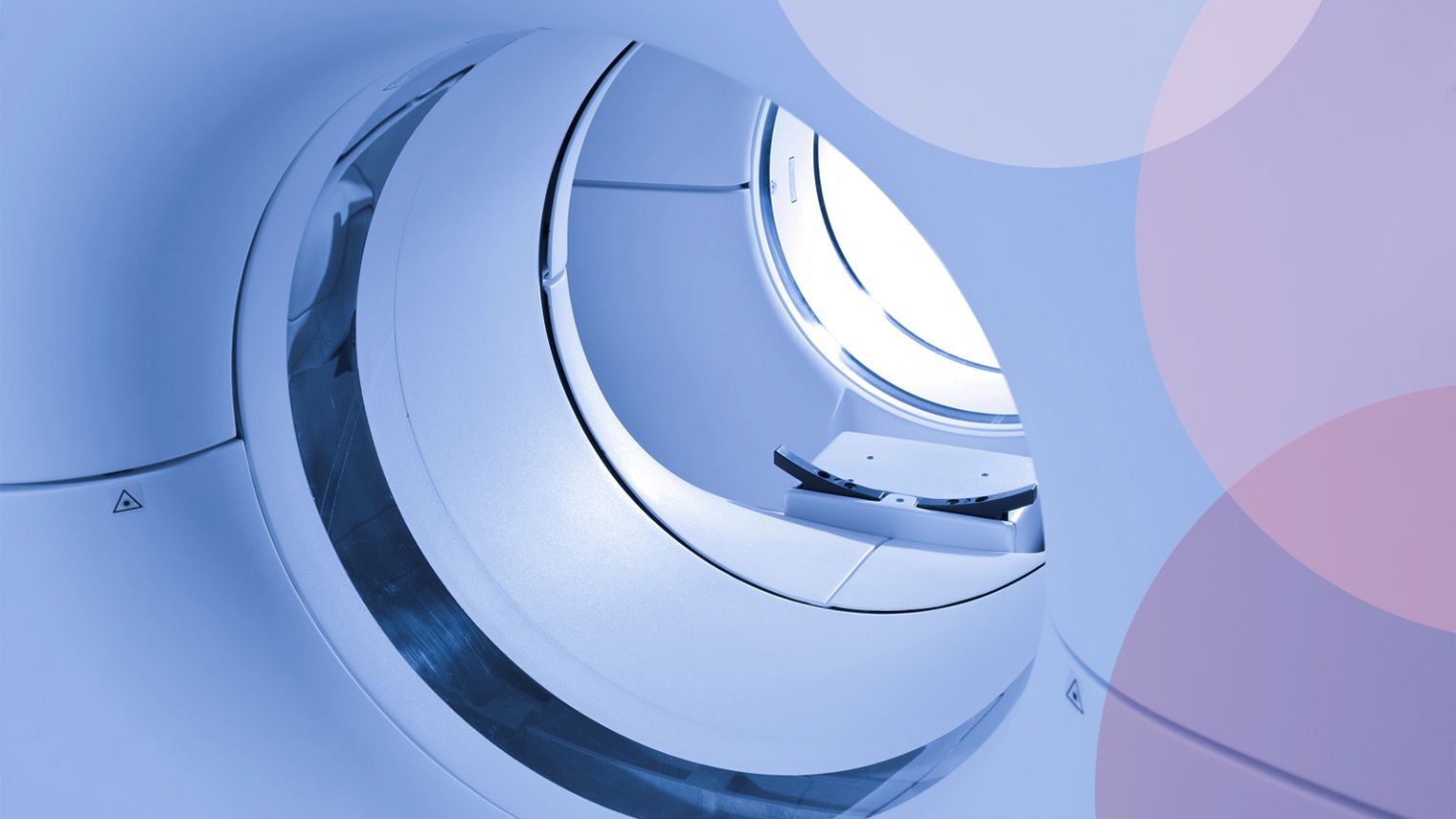I’m BRCA+: Here’s Why I’m Getting Pancreatic Cancer Screening
February 03, 2023
Content created for the Bezzy community and sponsored by our partners. Learn More

Photography by Urs Siedentop & Co/Stocksy United
Five years after my initial breast cancer diagnosis, I decided to move forward with pancreatic cancer screening. Despite stirring up ‘scanxiety,’ I knew it’d be worth it.
My oncologist peered kindly at me over his mask as I sat in his office for my annual appointment. I fidgeted in the stiff exam room chair, nervously anticipating his analysis of the blood I’d just given.
“Your labs look perfect,” he said brightly. I breathed a sigh of relief. Even 5 years after my initial breast cancer diagnosis, these annual visits with my oncologist still churned up anxiety, pushing the fears I’d finally learned to manage back to the surface. Their intensity still surprised me, even all these years later.
“Since you are 5 years out from your breast cancer diagnosis, your risk of recurrence reduces, but that doesn’t mean we stop being vigilant,” he said. I nodded, grateful that monitoring would continue.
Because of my BRCA2-positive status, I knew I’d continue taking tamoxifen for 5 more years. I’d been lucky to have very few side effects from it, so I actually liked the idea of taking a pill every day that could help prevent my cancer from returning. The act of taking these pills gives me a tiny sense of control, a feeling that I’m actively doing something to keep the cancer at bay.
“As we move forward, I think it’s time to consider pancreatic cancer screening,” he continued. “With your family history and BRCA status, you’re at higher risk, and that qualifies you for preventative screening.”


Assessing my risk
After learning I carry the BRCA2 gene mutation, I delved into my family’s history, particularly on my mother’s side. While my mom died young in a car accident, my maternal grandmother and great-grandfather both had pancreatic cancer that eventually metastasized to their livers.
And according to the American Society of Clinical Oncology, BRCA2 mutations can increase the risk of developing pancreatic cancer by 5% to 10%, and BRCA1 mutations can up the risk by 2% to 4%.
While the prospect of looking at my pancreas certainly conjured ‘scanxiety,’ I wanted to do anything I could to prevent being surprised by cancer again — particularly by a cancer as insidious as pancreatic, which often goes undetected until it’s too late. Pancreatic cancer 5-year survival rates can range from 3% for pancreatic cancers that have already spread far in the body to 42% for localized cases.
A few weeks later, I arrived at a gastroenterologist’s office for my initial consultation, where the doctor explained the process of pancreatic cancer screening. Every 6 months, I would visit him, give blood, and then undergo one of two diagnostic exams — either an MRI of my abdomen or an endoscopic ultrasound. The latter entails a tiny camera being inserted through my throat down into my pancreas and liver. The doctor would guide the camera throughout those organs, looking for any abnormalities.
Generally, this screening isn’t recommended before age 50 or 10 years before the age of diagnosis for your closest relative with the disease. Being only 42, I wouldn’t ordinarily fit the criteria, but my BRCA mutation and family history made me a good candidate for the screening.
Choosing to move forward
Making the decision to move forward with the screening wasn’t as easy as I thought it would be. The screening procedures can be expensive, not to mention invasive, particularly with the endoscopic ultrasound, which I’d have to be sedated to receive.
Ultimately, I decided the discomfort and expense would be worth it if it meant catching something before it progressed past the point of treatment.
A couple of weeks later, I arrived at the radiologist’s office, where they rolled me into the MRI tube for my torso scan. In the days and hours leading up to the MRI, my anxiety spiked as my mind ran through all the potential worst-case scenarios the scan could reveal.
The procedure went smoothly — I kept my eyes tightly closed and tried to think of anything other than what the clanking machine might find inside my body. The next day, the doctor called with the results. My pancreas, liver, and colon all looked totally normal. Cue the sigh of relief.
The bottom line
While everything turned out OK, my first round of pancreatic screening gave me a taste of the fear and anxiety that could potentially come. I know that these scans could find something one day. With my DNA and my family history, discovering bad things on scans becomes a greater possibility.
But while these screenings may lead to bad news, staying vigilant and potentially finding abnormalities as early as possible gives me a sense of control in the chaos that my body has entered since being diagnosed with breast cancer and the BRCA gene mutation. I know that there’s no guarantee this screening will save my life, but if it improves my chances by even a fraction, it’s worth every bit of the anxiety and expense.
Medically reviewed on February 03, 2023
3 Sources


Like the story? React, bookmark, or share below:
Have thoughts or suggestions about this article? Email us at article-feedback@bezzy.com.
About the author